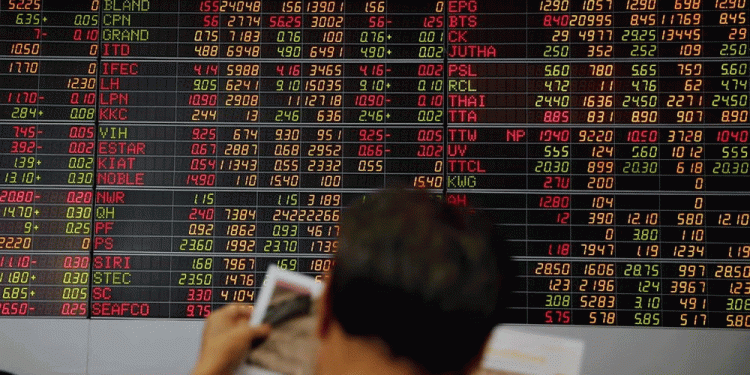By Barani Krishnan
NEW YORK (Reuters) – Oil rose as much as 3 percent on Tuesday as oversold conditions brought some buyers back to the market, but a lingering supply glut and worries about the slowing economy in top commodities consumer China kept crude prices near 6-1/2-year lows.
Futures of U.S. crude and Brent, the global oil benchmark, are both down more than 16 percent on the month. About half of those losses were incurred in the past two sessions as plummeting Chinese equities sparked a selloff across global markets.
Brent settled up 52 cents at $ 43.21 a barrel, after hitting $ 42.23 on Monday, its lowest since March 2009.
“Forty dollars a barrel is not sustainable because only Middle East and some shallow water players can profit at that level,” Herve Wilczynski of Houston-based A.T. Kearney’s Oil & Gas Practice said, giving a reason for the rebound.
U.S. crude ended the session $ 1.07 higher at $ 39.31, advancing from $ 37.75, its lowest since February 2009 set in the previous session.
“We’re practically oversold on oil at this moment and we can’t keep going down in a straight line,” said Tariq Zahir, managing member at Tyche Capital Advisors in Laurel Hollow, New York. “That said, I wouldn’t hold my breath on a proper recovery yet.”
U.S. gasoline futures kept a lid on crude’s recovery, tumbling 2 percent to seven-month lows due to the restart of a key Midwest refinery unit and the approaching end of the summer driving season.
Expectations of another build in U.S. crude stockpiles last week amid refinery outages could pressure oil prices again, traders and analysts said. A Reuters poll forecast stockpiles rose a million barrels last week, adding to the previous week’s 2.6 million-barrel build.
Industry group American Petroleum Institute, however, said after the markets closed that U.S. crude stocks fell 7.3 million barrels last week. The market is awaiting official data on Wednesday from the U.S. Energy Information Administration.
Some analysts expect further deterioration in China’s growth and also a U.S. rate hike by the year-end that could add to the dollar’s rally, putting more weight on commodities.
“That puts further cracks into the two main growth pillars for the world economy of recent years: Chinese demand (including commodities) and easy money,” HSBC’s co-head of Asian economics research Frederic Neumann said.
(Additional reporting by Lisa Barrington in London and Keith Wallis and Henning Gloystein in Singapore; Editing by Marguerita Choy)




























